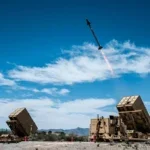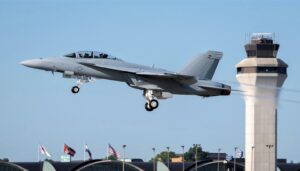
3DELRR. The Air Force could award its long-anticipated contract for its Three-Dimensional Expeditionary Long-Range Radar (3DELRR) as early as Oct. 6, a source tells Defense Daily. 3DELRR is the Air Force's future main air defense radar, designed to detect and track hostile aircraft and missiles. It will replace the TPS-75 radar. Northrop Grumman, Lockheed Martin and Raytheon are bidding for 3DELRR, which is expected to be worth around $1.3 billion. Fifth JHSV launched. Austal USA, the maker of the Navy’s…













